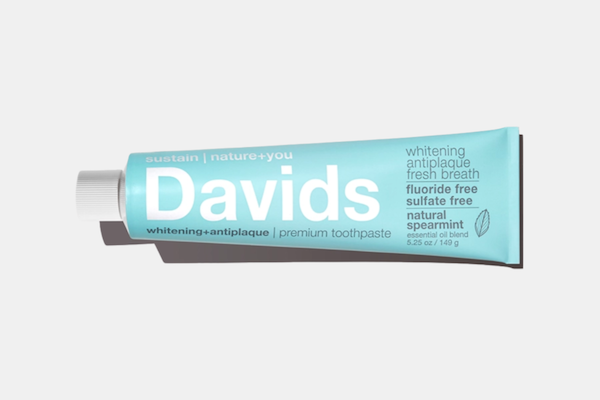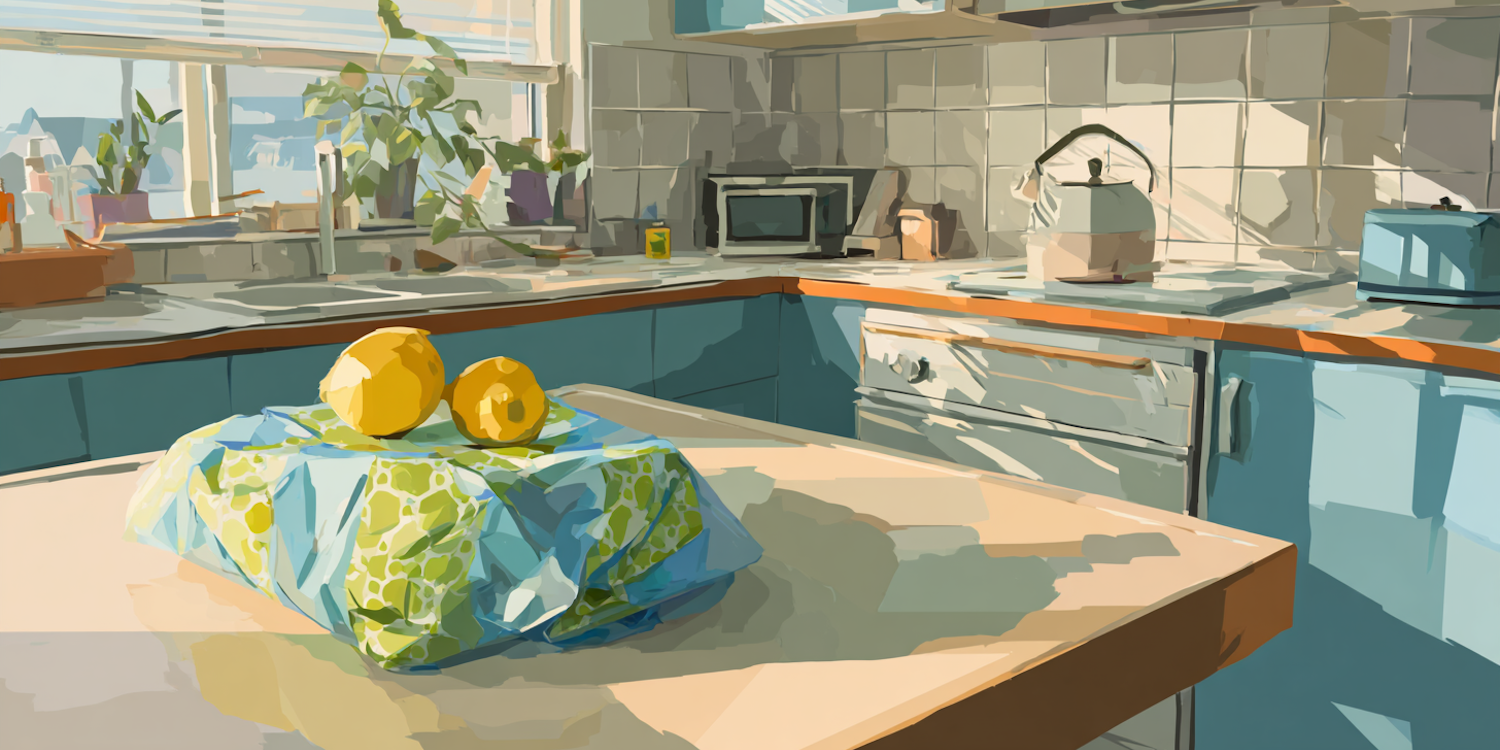These days, bamboo is everywhere – you've seen it in fabrics, kitchen utensils, and even toilet paper. Companies and consumers looking for eco-friendly alternatives just can’t seem to get enough.
And no wonder – bamboo is a fascinating and incredibly versatile plant, and in many ways a great friend to the planet. But… what is bamboo, and what’s made it such a go-to choice for conscious companies?
And even more, what are these crawling rumors claiming bamboo is not all it's cracked up to be? By now, we’re all tired of empty promises – is bamboo sustainable, or just another greenwashing trend?
So many questions...
But don’t worry. Today, we’re breaking down all things bamboo – what it is, how it’s grown, the sustainability of bamboo, and of course: what are these recent claims all about?
It’s gonna be good, people. You ready? Let’s dig in.
The Bamboo Plant – Tree or Grass?

First of all, let’s tackle the million-dollar question: Is bamboo a tree, or a grass? I know, I know – it sounds like a trick question, but contrary to what most people think, bamboo is actually not a tree, but a grass.
It comes in many varieties – about 1400, to be exact – ranging from the sprouts you’ll find in your salad to 40 meter-high, tree-like culms. While these are often referred to as bamboo trees, they are still grass, and the definitions do actually matter. Why, you ask?
Firstly, you can’t count rings on bamboo. And not just because they are hollow – bamboo actually reaches its full growth potential within a single growing season. Meaning, while trees can take decades to be ready for harvest, bamboo only needs 1-5 years.
As you can tell, this sets bamboo apart as an incredible fast-growing plant. The fastest in the world, in fact – although growth rates differ between species, the current Guinness World Record belongs to a species of bamboo that grew 94 centimeters (35”) in a single day.
Speedy speedy, indeed.
But the differences don’t end there. In fact, one of the distinguishing features of bamboo is its unique root system.
Planting and Farming – How is Bamboo Grown?
The bamboo plant grows a sturdy and fibrous network of roots underground, and though they are shallow, they come with many benefits. Perhaps most remarkable is that when a bamboo culm is cut off, it regrows naturally from the root system. Because of this, no replanting is needed after harvesting – the bamboo plant takes care of this on its own.
Talk about renewable resource, right?
But there are more benefits to the root system. Since there’s no need for replanting, the soil around the plant is left undisturbed. This allows the ecosystems that form around the roots to continue thriving, which is great for soil health.
But the roots also stabilize the earth by holding the soil together. Since monsoons and heavy rainfall are common in some areas of South-East Asia where bamboo grows, this helps reduce landslides and soil erosion.
On top of this, bamboo requires hardly any water and can adapt to a range of environments – this makes it an incredibly easy plant to grow and harvest. It's found natively on five continents, and though most plantations are in South-East Asia, it's actually grown in the UK and North America too. And did you know that bamboo stood as the sole survivor of Hiroshima? If that isn't proof of the bamboo's resilience, nothing is.
Even more, bamboo needs no pesticides or chemicals to grow. This is because of something called Bamboo Kun, a property found naturally in the plant that protects it from bacteria, fungi, and other pests. Eco-friendly, anyone?
Speaking of which – let’s have a closer look at the sustainability of bamboo, shall we?
Bamboo vs Trees – which helps the planet more?
As you can tell, bamboo has a lot of environmental benefits – from its remarkably fast growth rate, to its ability to regenerate on its own. But how does it compare to trees when it comes to taking care of greenhouse gases?
Believe it or not, bamboo has an edge here, too. According to research, bamboo releases 35% more oxygen into the air than your average tree. It can also absorb 12 tonnes of carbon dioxide per hectare and year – pretty impressive. Now, this doesn't mean bamboo should replace forests. But these numbers have led experts to believe bamboo could play a crucial role in a green future.
With all of this combined, it's no wonder bamboo has become such a staple in the sustainability industry. But let’s dig deeper – what makes bamboo such a stellar material in sustainable products?
According to research, bamboo releases 35% more oxygen into the air than your average tree. It can also absorb 12 tonnes of carbon dioxide per hectare and year.
Bamboo as a Sustainable Material
Like the plant itself, bamboo is an incredibly versatile material. You’ve probably seen it used in everything from toothbrushes to the recently developed bamboo fabrics. But it’s also been used to reinforce highways, and…
Hang on. Highways?

That’s right – in South-East Asia, they’ve actually opted to reinforce roads with bamboo rather than metal. This is because bamboo is stronger than steel – according to Interesting Engineering, the tensile strength of steel is 23 000 PSI, while bamboo boasts a tensile strength of 28 000 PSI. And it’s stood the test of time, too – bamboo has been used as a building material for thousands of years.
Another benefit is that bamboo weighs considerably less than your average tree. Meaning, the transportation of bamboo leaves a much smaller carbon footprint than many other materials.
And remember Bamboo Kun, the natural property that makes bamboo antibacterial and antifungal? Although this isn’t always the case in chemically processed fabrics such as bamboo rayon – beware greenwashing! – these properties often remain even after the bamboo has been made into a product. This makes it ideal for household products such as toothbrushes and kitchen utensils. No bacteria, and no toxins.
As you can tell, there are a variety of factors making bamboo an eco-friendly choice, from the features of the plant itself, to the versatility of the material and its low-carbon transportations.
But as mentioned earlier, there's been buzz lately that bamboo doesn’t live up to the hype. So – what’s the catch?
The Problems With the Bamboo Industry
The truth is, the concerns about bamboo have less to do with the plant itself, and more to do with the industry that’s sprung up around it. Because bamboo has grown so popular in recent years, the demand for it has increased rapidly. While suppliers scrambled to meet the demand, two things happened: deforestation and monocultures.
We’re all pretty familiar with deforestation and its effects at this point. Precious forests get cut down to make space for plantations, and ecosystems that are important – not only for cultural reasons, but also for the planet and wildlife – disappear.
On these plantations, so-called monocultures develop. A monoculture is when one single plant takes over in an area, eradicating other plants and species in that ecosystem. Most often, bamboo grows intermixed in larger forests, surrounded by other plants and trees.
When fields of bamboo grow alone, the microbes living in the surrounding soil can't find the food they need and disappear. As a result, they stop bringing back nutrition to the soil, and the ecosystem begins to fail. As this article from China Digital Times explains, it can also lead to loss of biodiversity, which of course isn’t great for the planet.
So, does this mean you shouldn’t buy bamboo? Well, not necessarily.
How to Make Better Bamboo Choices
Truthfully, these days there are different opinions on using bamboo. Almost every industry today needs to work on its sustainable practices, and the bamboo industry is no exception – there are definitely parts of production that need improving. That said, as covered earlier in this blog, many features of the bamboo plant itself actually help the planet. And bamboo is still a better alternative than most other options available, such as plastic or virgin trees.
Besides, the bamboo industry is rapidly changing and evolving. Since these unsustainable practices have been brought to light, many initiatives have sprung up to correct them.
So, as always, it comes down to being a conscious consumer. But how can you make better bamboo choices?
Firstly, look for bamboo that is certified by recognized and transparent organizations such as FSC, Oeko-Tex, and OCIA. Certifications like these can't be earned without rigorous testing, and if they are legit, you can always find out what’s needed in order to earn them. They are a great place to start.
Even better, choose what type of bamboo products you buy. Although many praise bamboo textiles, the process of turning the fibers into fabric is often quite costly for the planet. But products made directly from the wood itself – such as utensils – are less likely to have undergone chemical-heavy processes. These may be a better choice.
At the end of the day, you vote with your dollar. So by asking questions and supporting companies that use bamboo responsibly, you can help push things in the right direction.
Because if the industry continues to improve its practices, bamboo could be crucial on our journey to a greener and healthier planet. It really is a remarkable grass – remember? – and could come to replace many materials with bigger carbon footprints.
What’s your opinion on bamboo? Have you made any swaps that you love? Please share with us below! And don’t forget to check out the bamboo bandages and this soap shelf in the Lochtree store!






